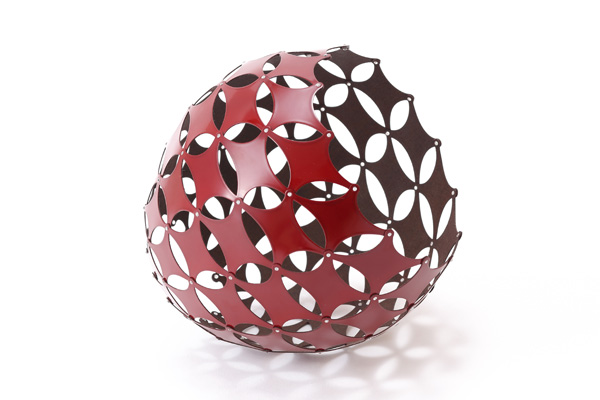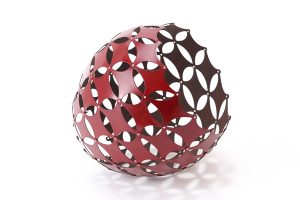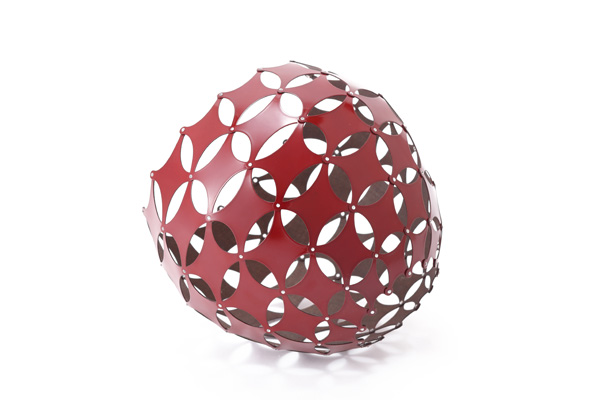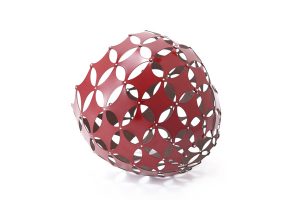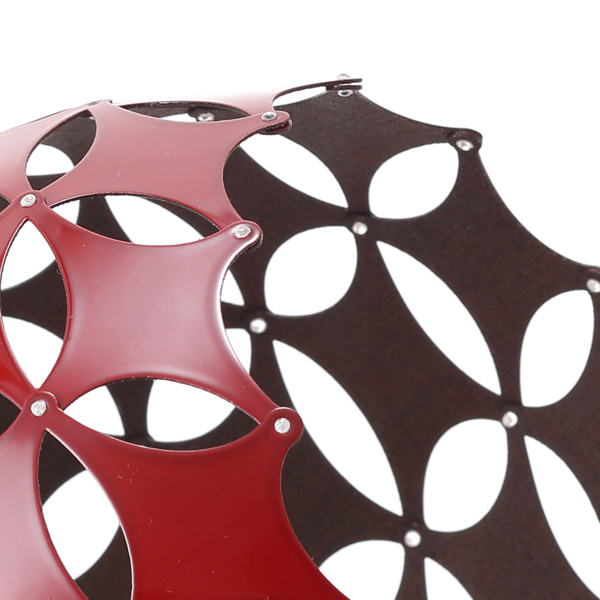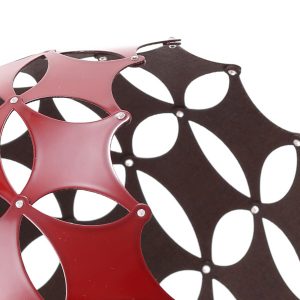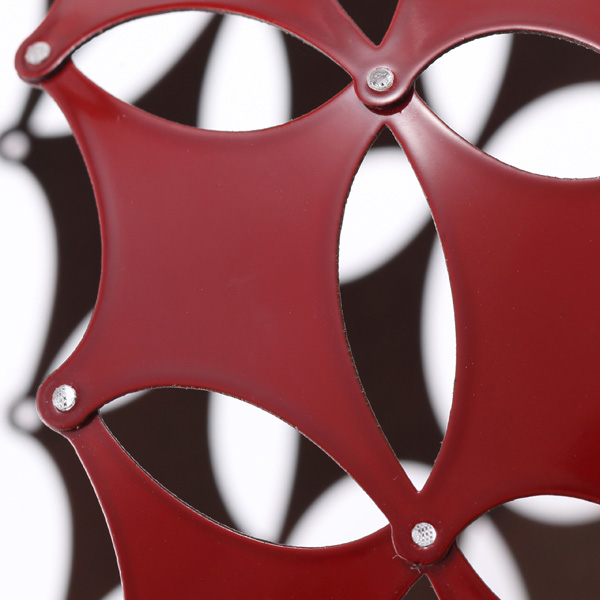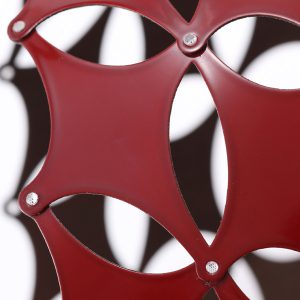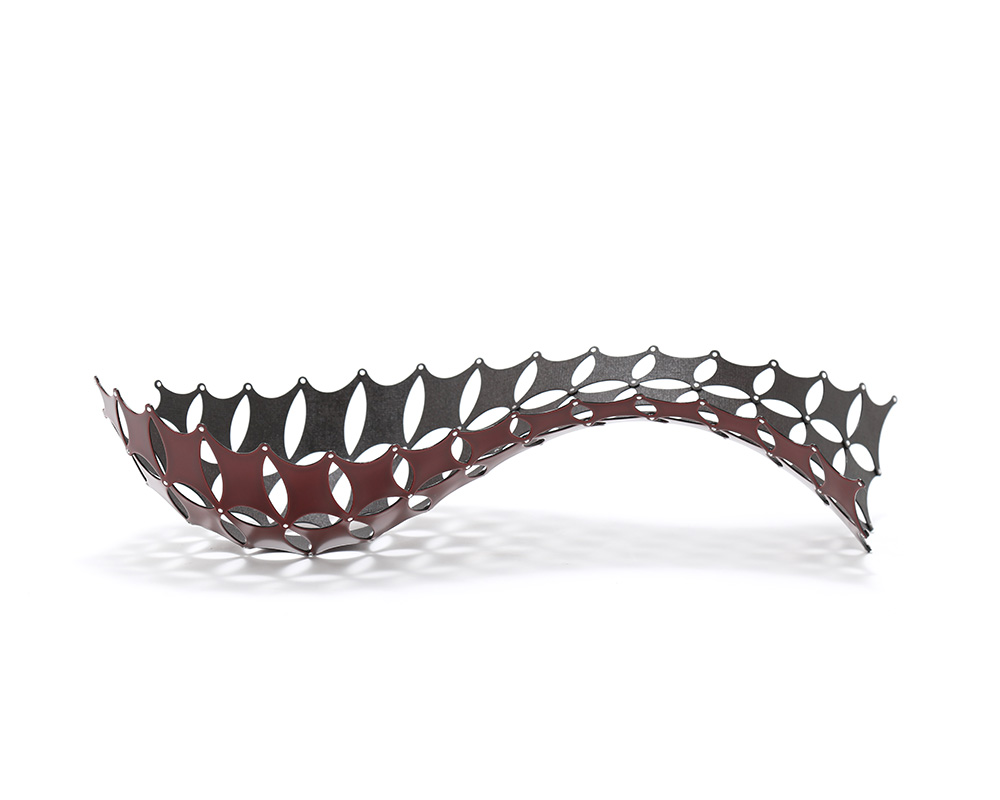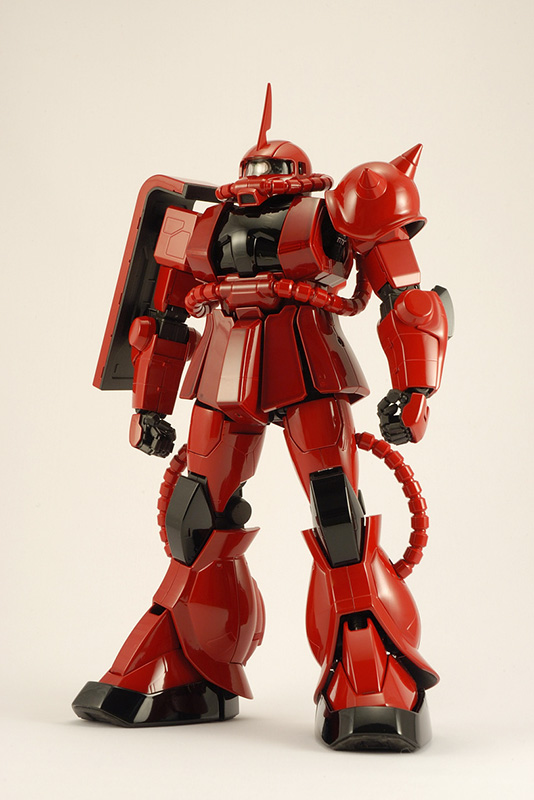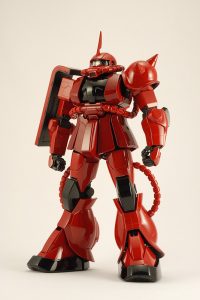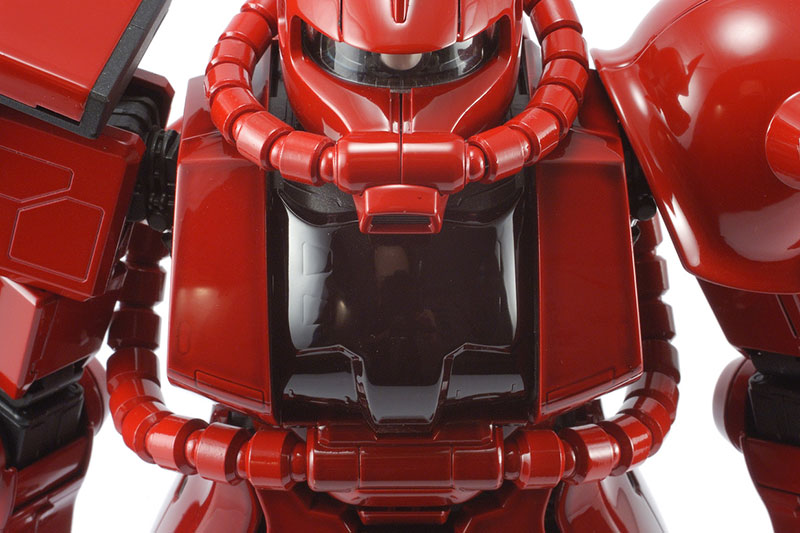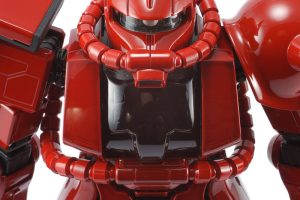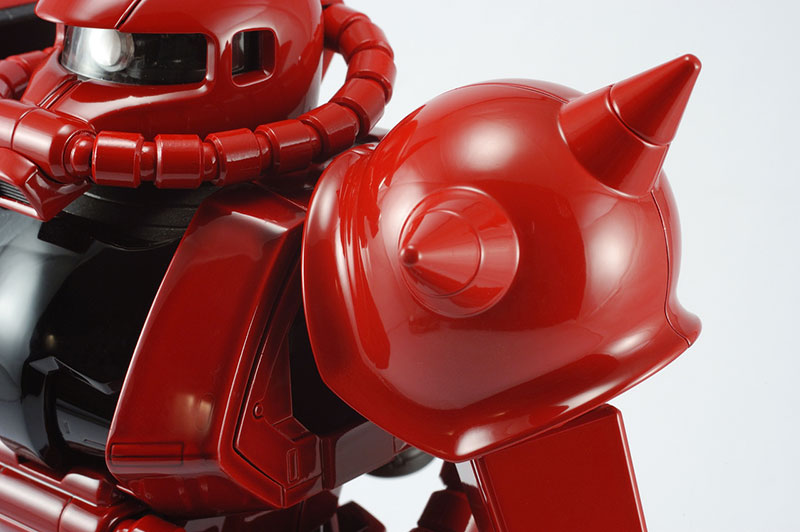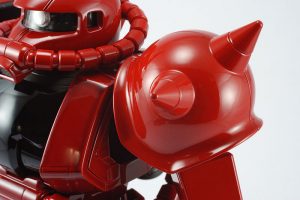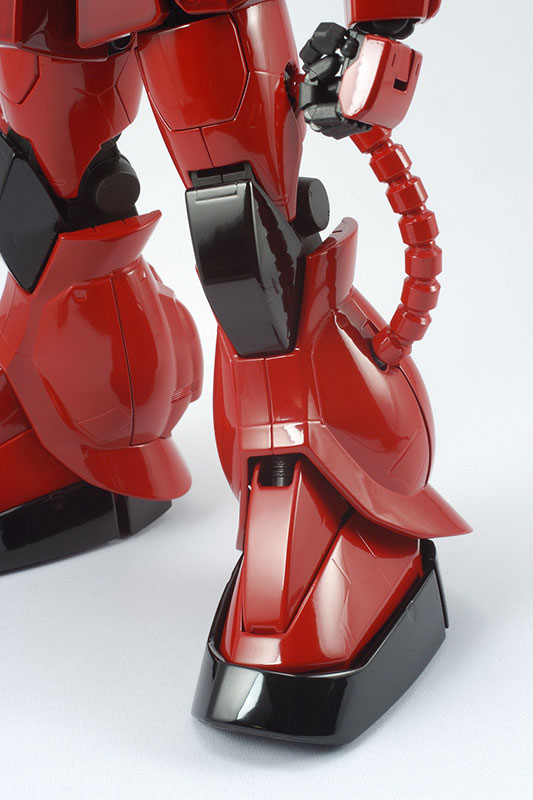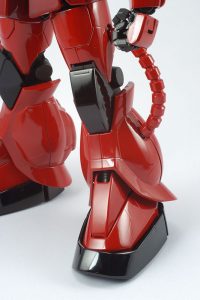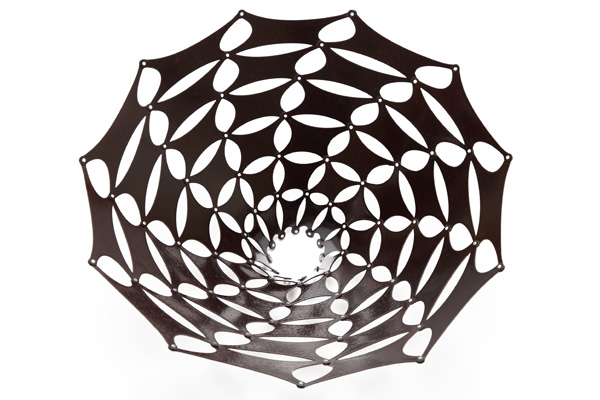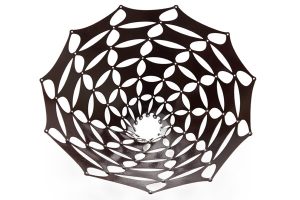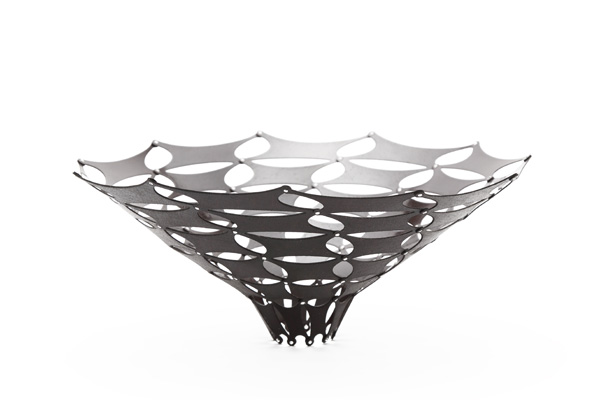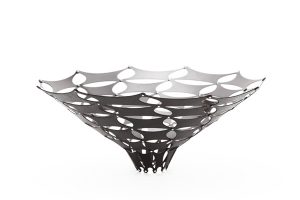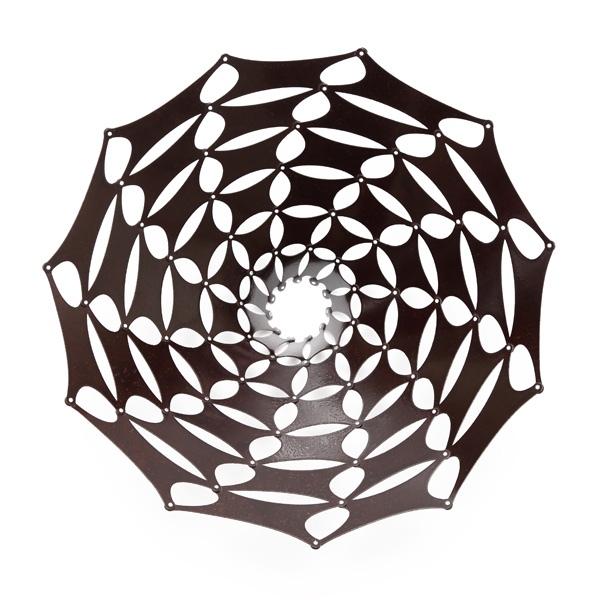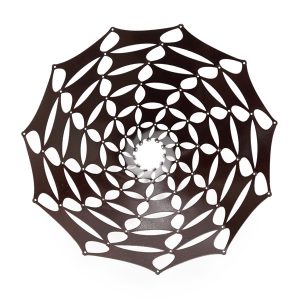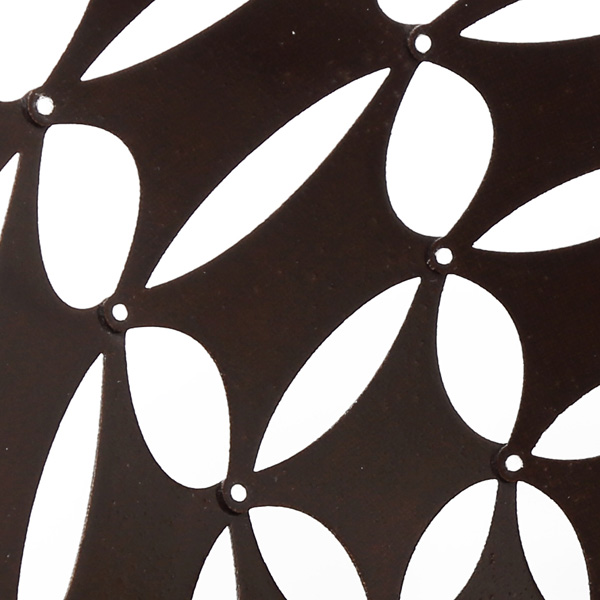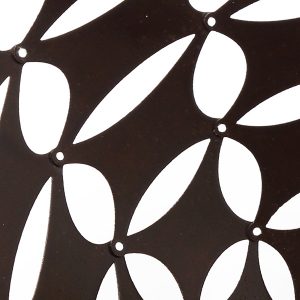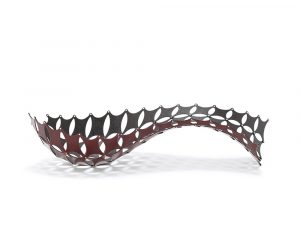Kenji Toki 土岐謙次
- Red Pool - Shippomon Vessel in Urushi and Hemp, 2012
- Kanshitsu (Hemp Fiber Reinforced Urushi)
H20.5 x 20.5 x 20.5 cm
Edition 5 Toki is an artist who creates without the boundary between tradition and innovation. This piece is made using Kanshitsu, a traditional method applying Urushi tree sap (natural lacquer) to the structure of hemp fibers. The resulting material is then laser-cut and the parts are connected using three-dimensional software and structures developed by Toki himself. It is beautifully composed of lacquer red and “lucky” pattern Shippomon
- >> Inquire
- Shippomon Vessel, 2018
- Urushi, hemp
H 10 x 43 x 20 cm
Edition 5 - >> Inquire
- Armored Form (Yorou-katachi), No.1, 2009
- Urushi, plastic
H 32.7 x 18.1 x 8.3 cm
*Urushi: A natural resin lacquer made by the sap of the Urushi tree Artist Statement: This work is made by lacquering each part of a commercially available plastic model one by one and assembling it at the end. For each unit, 144 parts need to be lacquered and total of 1,440 parts for the series of 10 pieces are layered with 3 to 5 lacquer coatings each. Although this way of painting lacquer and the number of times are common, each is a unique piece as identified by the serial number from 0 to 9 using old Chinese numerals which is put in the right shoulder with gold maki-e. Han numerals are “零” , “壱” , “弐” , “参” , “肆” , “伍” , “陸” , “柒” , “捌” , “玖” respectively. I made the series of 10 pieces at the same time and this took seven months to complete.
The message that I would like to convey through this work is the power that Urushi (Japanese lacquer) has, which is “to strengthen the image”. The value of Urushi is not only that the crafts are brought about by precision craftsmanship, but also the unique characteristic of the surface of Urushi itself is to strengthen the image of the painted object. The character of this animation also has an intense image, but it does not exist in reality. I thought to make it real by applying Urushi to this non-existent “image”. In Japan, Urushi is understood in the context of crafts, and there is a tendency to emphasize the artistic skills of craftsmen and the artist’s own aesthetic sense, but I am more interested in the strength of the material image of Urushi itself. That is what I would like to convey as the true appeal of Urushi.
Through this work, there was also a desire to be able to convey the appeal of Urushi, especially to those who are not normally interested in lacquer work and those overseas. Currently, Japan relies on importing 98% of lacquer and the lacquer industry cannot be said to be thriving. Also, due to aging of craftsmen who work with lacquer and the lack of successors, the industry itself is on the verge of disappearing. It is obvious that if this situation continues, it will not be possible to repair not only the crafts but even the cultural assets of the country. In addition to promoting arts and crafts, we need to create a new Urushi culture. I had it in my mind to alert many more people about the crisis situation of the lacquer craft in Japan in making this piece.This work is now in the permanent collection of The Metropolitan Museum of Art, New York and Canadian Museum of History, Quebec.
Photo: Kenji Toki
- >> Inquire
- Nunome - Shippomon Vessel in Urushi and Hemp, 2012
- Kanshitsu (Hemp Fiber Reinforced Urushi)
H 13 x 32 x 32 cm
Edition 5 It is a lucky pattern where circles are overlapping and connected. Kanji chinese character named Shippo is written as seven treasures, which is a Buddhist word that shows treasures such as gold, silver, pearls, agata, crystal, coral and lapis lazuli. It is a wish for family satisfaction and prosperity that such patterns should last forever.
- >> Inquire
- 1969
- Born in Kyoto, Japan
- 1994
- Graduated from Kyoto City University of Arts, Department of Crafs, Urushi lacquering, Japan
Hiradate Award, Graduation exhibition, Kyoto City University of Arts - 1996
- Graduated from Kyoto City University of Arts, Master’s course, Department of Crafts, Urushi lacquering.
Scholarship Award, Japan Urushi Association - 1996-98
- Lecturer of Urushi lacquering, Kyoto City University of Arts
- 1998
- First Prize, Kyoto Prefectural Art and Crafts Exhibition, Japan
8th Arts Festival, Kyou Exhibition, Higashi Hongan-ji Temple, Kyoto, Japan - 2000
- 2000 Selected New Art exhibition, Kyoto Municipal Museum of Art, Japan
- 2000-
- Lecturer of Sculpture course, Kyoto University of Art & Design, Kyoto, Japan
- 2001
- 2001 Selected Art and Crafts exhibition, The Museum of Kyoto, Japan
- 2002
- 2002 Selected Art and Crafts exhibition, The Museum of Kyoto, Japan
Toki Kenji Exhibition, INAX gallery, Tokyo, Japan
Message of Urushi from Kyoto Exhibition, The Museum of Kyoto, Japan
Research fellow, University of Surrey, UK - 2003
- Latency – Kenji Toki Japanese Lacquer Works exhibition, The Surrey Institute of Art & Design, University College, UK
- 2004
- The Daiwa Angle-Japanese Foundation Grant, UK
Japan Foundation’s Dispatch Fellowship - 2006
- DOMANI Tomorrow Exhibition, Sompo Japan Seiji Togo Memorial Museum, Tokyo, Japan
- 2010
- Aizu Urushi Art Festival exhibition, Fukushima Museum, Japan
- 2012
- Shippoumontai kanshitsu touki exhibition, Karuizawa New Art Museum, Nagano, Japan
- 2013
- Graduated from Kyoto City University of Arts, Doctoral course, Research Fields of Urushi lacquering
Materializing exhibition, The University Art Museum, Tokyo University of The Arts, Japan
Materializing exhibition, The University Art Museum, Tokyo University of The Arts, Tokyo, Japan - 2016
- Liquid to Solid Kenji Toki x Mitsuhiro Kanada URUSHI composite structure exhibition, AXIS Gallery, Tokyo, Japan
- 2017
- Kanshitsu Exhibition, Kanazawa Utatsuyama Kogei Kobo, Ishikawa, Japan
International Hokuriku Kogei Summit: World Kogei Selection of 100 Exhibition, Toyama Prefectural Museum of Art and Design, Toyama, Japan - 2018 -19
- Japon-Japonismes, Objets inspirés 1867-2018, Musée des Arts Décoratifs, Paris, France
- Public Collections :
- Kyoto Prefectural Education Center, Japan
The Metropolitan Museum of Art, NY, USA
Victoria & Albert Museum, UK
Canadian Museum of History, Canada
Museo de Arte Moderno La Casa de Japan, Argentina

